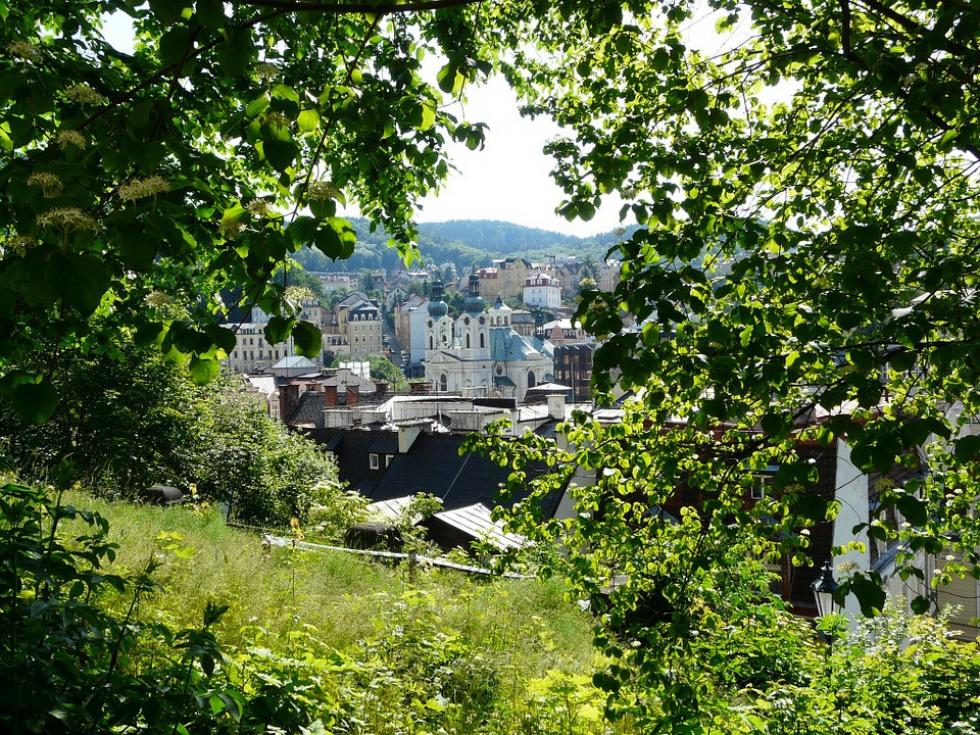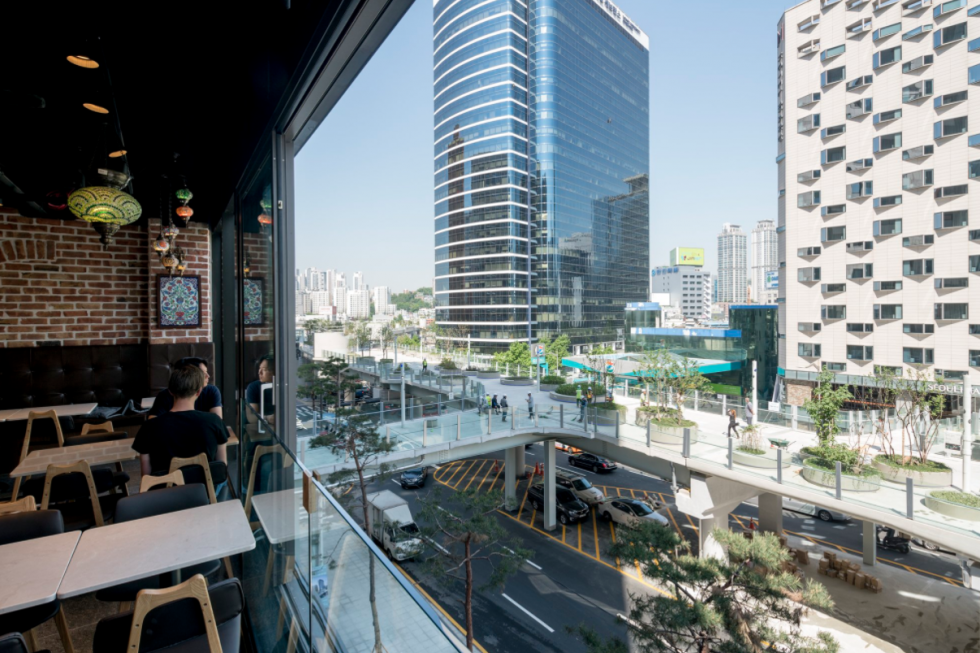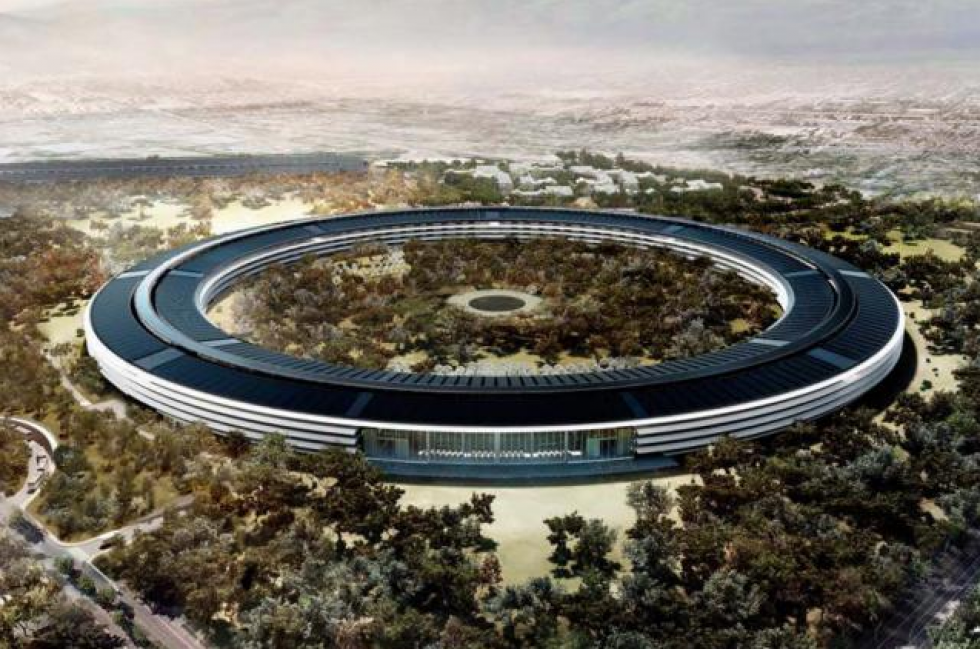

Frederick Law Olmsted, the father of American landscape architecture, said in 1865 that green space “employs the mind without fatigue and yet exercises it; tranquilizes it and yet enlivens it; and thus, through the influence of the mind over the body, gives the effect of refreshing rest and reinvigoration to the whole system”.
Turns out, he’d got it spot on. Numerous studies have shown the positive effects of green space, from health to environmental. However, a 2009 report by Natural England found that just 10% of children played in woodlands, compared to 40% of their parents’ generation. And just 14% of the UK population have ‘easy access to trees’.
So with a growing urban population and an increasing lack of access to everything green, maybe it’s time city planners incorporated the colour green into their thinking?

A study of the population in England in 2008 proved just how vital green space is. It showed that the health effects of inequality - which tends to increase the risk of disease among those less well off - are far less pronounced in greener areas. That’s because access to green space has a number of health benefits - for example, green space acts as a mental balm, reducing stress levels.
A further study in 2013 showed that the benefits of green space weren’t short lived, like the benefits of a pay rise, or even winning the lottery. The mental health benefits of being near green space lasted up to three years. The Japanese have long recognised the importance of spending time in nature. It even has its own word, shinrinyoku, which means ‘forest bathing’.
And the health benefits extend beyond just stress reduction. One study found that people who use public open spaces are three times more likely to achieve the recommended levels of physical activity than those who don’t. In fact, in the US, an evaluation of the country’s largest 85 cities (with a combined population of 57.8 million) found the health savings from parks was around $3.08bn. Sue Holden, the Woodland Trust’s chief executive, claims the NHS could save £2.1bn by increasing access to green space.
Green space doesn’t just benefit the health of the population. It also keeps the planet healthy - every tree fights global warming by reducing the levels of greenhouse gases in the atmosphere and cooling our cities.

People are moving en mass to cities. By 2050, it’s projected that more than two-thirds of the world’s population will be living in an urban environment. But that doesn’t mean people can’t enjoy nature. As Chanuki Seresinhe, researcher at Warwick Business School, says: “It’s not about nature versus the city. The scenic effect exists in cities too. Buildings can be scenic [and] there are things you can do to make the urban environment more scenic as well.”
John Alker, from the UK Green Building Council agrees: “The view doesn’t have to be a grand rural vista. It could easily be a roof garden, green roof, courtyard with plants, etc. In other words, designers can recreate natural views in urban areas.”
And there are plenty of examples of green space thriving in cities. The New York High Line is one of the most famous - a 1.45 mile-long stretch of disused railway track that’s now home to over 350 species of perennials, grasses, shrubs, vines and trees. Not only does it attract around 5 million visitors per year, it’s also revitalised the Chelsea area of the city, increasing local real estate value by an average of 10%.
The success of the High Line has inspired other cities to follow suit. Seoul recently opened ‘Seollu’, a new public walkway that connects isolated areas of the city by making use of the disused motorway. It’s home to 24,000 plants, trees, shrubs and flowers. Closer to home, Leeds is transforming 1.7 miles of abandoned railway line into a green walkway.
But not every attempt to introduce green space to the city works out. London - a city whose green space accounts for 47% of the city - attempted to add more greenery in the form of a ‘garden bridge’. This new pedestrianised bridge would span the Thames at a projected cost of £200 million. New mayor Sadiq Khan has refused to back the costly scheme, effectively ending the idea before it even began (but not before it cost the public a pretty penny). The difference between this scheme and the successful ones in other cities was the latter all made use of existing infrastructure, cleverly utilising disused assets to introduce green space. The garden bridge was going to be something entirely new and therefore entirely too expensive.

The benefits of green space are hard to ignore. And businesses aren’t ignoring them - they’re investing huge amounts of money in giving employees access to more green space. “Biophilia” research shows how green office spaces generate physiological responses, such as increased brain activity and lower stress hormones. Even putting a few plants in the office boosts productivity by 15%.
But there are some businesses who’ve really taken the benefits of green space to heart. Apple is one of them. 80% of the tech giant’s new 176-acre HQ is green space and its fields will be planted with 7,000 trees. Closer to home, Manchester office development Windmill Green is utilising the draw of green space by creating a luscious rooftop garden, complete with bee apiaries.
Clearly, giving people access to green space matters. Doing so helps with a whole host of problems, including stress, physical health, overcrowding and global warming. And now businesses are getting on board, perhaps it’s time for public policy makers to follow suit and support green space initiatives in our cities.
Now, are there any disused railway lines in Manchester…?
Jon Humphreys
11 July 2017